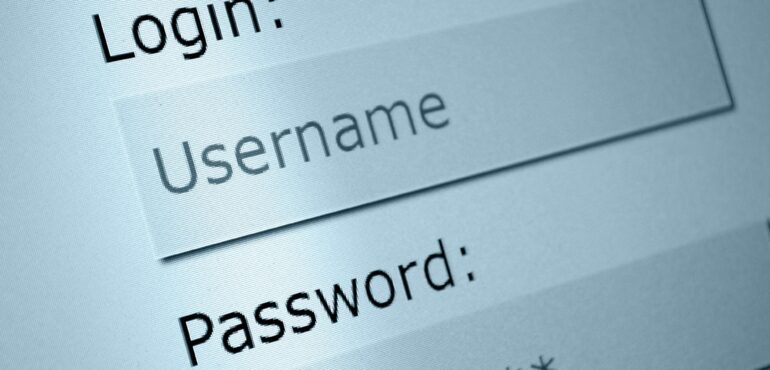The Password Security Checklist: Ensuring Your Online Accounts are Fortified
When it comes to password security, a strong and unique password is the first line of defense against cyber threats. But creating a strong password is not enough; you need to ensure that your online accounts are fortified with additional layers of protection. Password best practices are one of the most basic forms of good cybersecurity – but most people don’t take it seriously until it’s too late. Here is a handy guide on how to manage your passwords and keep your online accounts safe from threats.
Password Creation Guidelines
Ensuring the strength of one’s passwords is essential for bolstering online security against potential breaches. A strong password should ideally be composed of a combination of upper and lower case letters, numbers, and special characters. Additionally, opt for lengthier passwords whenever possible, as they tend to be more resistant against automated hacking tools that systematically trial various combinations.
Don’t Use the Same Password
One important step is to avoid using the same password for multiple accounts. Many people make this mistake, thinking that one strong password is enough, but in reality, if one account gets compromised, all your other accounts become vulnerable too. Therefore, make it a habit to create unique passwords for each of your online accounts. To manage the growing number of passwords required in today’s digital world efficiently, consider utilizing a reputable password manager application or software. These tools securely store all your login credentials behind a master password, thus alleviating the burden of remembering numerous complex passwords while simultaneously improving overall security.
Regularly Update Passwords
Another crucial aspect of fortifying your online accounts lies in regularly updating your passwords. While it may be tempting to use the same trusted password indefinitely, doing so can put you at risk. Hackers are constantly evolving their techniques and expanding their knowledge, making older passwords easier for them to crack. Therefore, changing your passwords periodically adds an extra layer of security by reducing the likelihood of unauthorized access to your accounts.
Use Two-Factor Authentication
One often-overlooked measure when it comes to password security is enabling two-factor authentication (2FA) wherever possible. 2FA provides an additional layer of protection by requiring a second form of verification beyond just the username and password combination. This could be through an SMS code sent to your phone or using a specialized app like Google Authenticator. By implementing 2FA on your important online accounts, even if someone manages to crack or guess your password, they would still need physical access or possession of the secondary verification method – significantly decreasing the chances of unauthorized access to your accounts.
Stay Up to Date on The Latest Social Engineering Scams
It’s important to remain vigilant and stay alert about evolving techniques used by cyber criminals who employ advanced strategies like social engineering or phishing attempts. Never share your passwords with anyone or respond to suspicious emails or messages asking for your login information.
Conclusion
By adopting these proactive measures and consistently practicing good password hygiene such as using strong unique passwords for each account, regularly updating them, and staying informed about emerging threats in cyberspace, you significantly diminish the likelihood of falling victim to malicious activities perpetrated by hackers or identity thieves.
Upgrade Your Business Cybersecurity with Thinline Tech
Thinline Tech goes above and beyond to provide the tools, resources, expertise, and other security best practices necessary to strengthen your small business network’s defenses. No matter what your current security practices and posture might be, our team of experts can help you determine the best solution for your needs. Contact us today to schedule a consultation and learn more.
